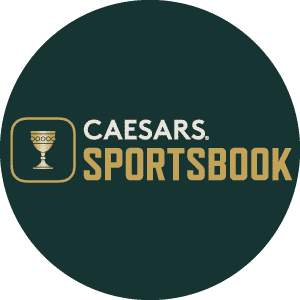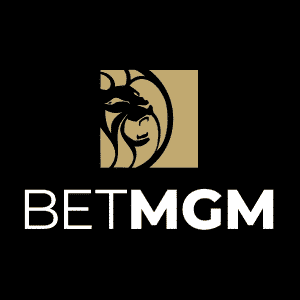Which free agents should the Mets chase to complete their rotation?
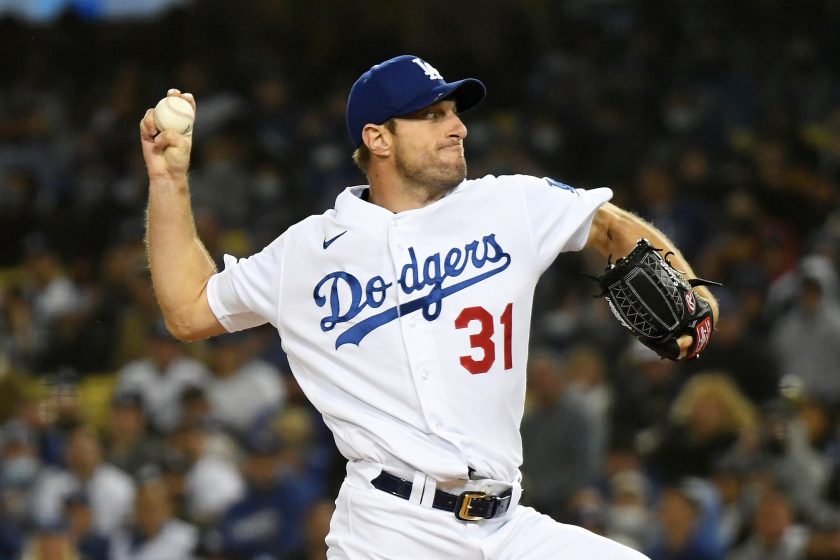
Which free agent starters could be a good fit at Citi Field this season?
Major League Baseball has been locked out since December 2nd. Since that date, there have been no major league signings, which means all the players that littered the free agent market then, still remain.
Luckily for the New York Mets, there are still several starting pitchers available. An area they certainly need to improve in if the team wishes to contend whenever the season kicks off. Luckily, per SNY’s Andy Martino, this is something the New York Mets, themselves, recognize.
Current State of the Rotation
As it stands there are 13 pitcher on the Mets’ 40-man roster who can be considered starters. Of these 13, this is how the starting five currently projects:
- Jacob deGrom
- Max Scherzer
- Taijuan Walker
- Carlos Carrasco
- Tylor Megill/David Peterson
The Mets also have depth options in Trevor Willliams and Jordan Yamamoto, among others. Top-to-bottom, as it stands, there is a lot of risk with what the Mets currently have. deGrom was injured most of last year, while Scherzer had some injury concerns of his own toward the end of his season.
Meanwhile, Walker and Carrasco both had seasons they may want to forget (specifically the second half of the season, after a solid first half for Walker). Additionally, both Megill and Peterson have yet to experience consistent success.
The best way to alleviate these concerns? Bring in external options. Whether it be more of a depth move, or a move to add an established front-end/back-end of the rotation starter, general manager Billy Eppler and the Mets must continue to add.
The Top Options
There are two top remaining options on the market: Clayton Kershaw and Carlos Rodón. Each pitcher brings some risk, specifically regarding injury history. However, when healthy each should be top of the rotation assets.
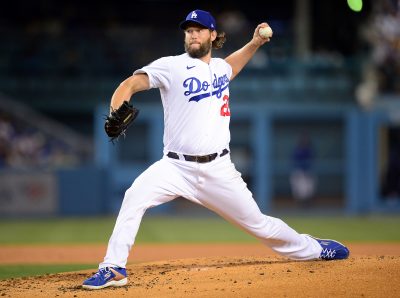
Clayton Kershaw
Kershaw’s resume speaks for itself. The former MVP, three-time Cy Young-winner, and eight-time All-Star is possibly looking for a new home. Although limited to 22 starts due to a nagging elbow injury, he put up numbers consistent to his previous four-seasons.
His FIP of 3.00 was the lowest it has been since the 2017 season. Kershaw’s home run rate was down to 3.1% which is the lowest of his career since 2018. Meanwhile, his strikeout rate was 29.5%, the best mark since 2017. The strike out success was driven by his 94th percentile ranking in Whiff % and 90th percentile in Chase Rate.
Kershaw, as he has been accustomed too throughout his career, had a walk rate in the league’s 97th percentile. Put this all together and you get, although aging, a still very successful middle-to-top of the rotation starter, who would even be the ace on some teams.
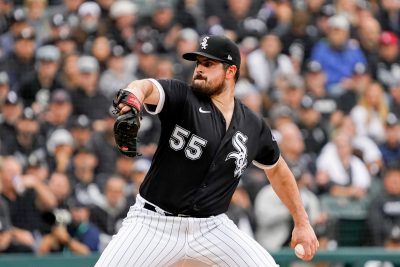
Carlos Rodón
Rodón, after shoulder surgery in 2017 and Tommy John surgery in 2019, turned in a career-year for the Chicago White Sox last season. Starting with an April 14th no-hitter, the 28-year old went on to log an ERA of 2.37 and FIP of 2.65, each career-bests.
Opposing batters had a hard time even making contact against Rodón as his Whiff % and Chase Rate ranked in the league’s 90th and 76th percentile, respectively. He was also able to tone back the walks, something that hampered him throughout his career, as he turned in a lifetime best walk-rate of only 6.7%. All this culminated in a xBA against that ranked in the league’s 80th percentile. A healthy Rodón brings you a very strong number-three starting pitcher.
The Risks
Now, as mentioned above, both Kershaw and Rodón would bring risk to an already risk-prone rotation. Kershaw has not made a season of full starts since 2015.
Rodón, on the other hand, was the healthiest he has been since 2016, yet only pitched 132.2 innings. Additionally, given the contract he will most likely receive, he only has, at-most, two solid season under his belt.
The Contracts
Despite the risk, signing either would help give the Mets arguably the best one-two-three punch at the top of their rotation. It won’t be cheap to get it done, as Fangraph’s crowd-sourced contract projections come in at four-years totaling $104,000,000 for Kershaw and four-years at a total of $76,000,000 for Rodón. Meanwhile, MLB Trade Rumors has Kershaw at a one-year, $20,000,000 deal and Rodón at a one-year deal worth $25,000,000. Given the Mets’ current standing, a shorter, higher-salaried deal would make more sense.
The Best of the Rest
The next best of the remaining starting pitcher on the market is one veteran who is the model of consistency and a seven-year left-hander who is still trying to find some. These being Zack Greinke and Matthew Boyd.
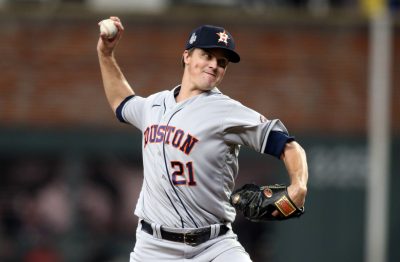
Zack Greinke
The six-time All-Star, Greinke, will be entering his 18th season in the league. There are certainly some signs of decline, as his ERA of 4.03 in 2020 and 4.16 last season were the two highest marks of his career since 2010. However, a deeper dive into his advanced numbers show Greinke can still be effective.
Despite the perceived struggles, the 38-year old still leaned on what he does best last year. He induced soft contact and forced batters to beat him, as his walk rate of 5.2% ranked in the league’s 92nd percentile.
Overall, as his above league average xwOBA (weighted on-base percentage) indicates, he did a decent job at keeping runners off base for the most part. The issue was, when there was men on base, as his 17.2% strikeout rate (third-lowest of career) indicates, he had trouble getting out unscathed (.272 BAA).

Matthew Boyd
After battling back from yet more injuries, Boyd was able to put together a decent season in Detroit last year. He made 15 starts in which he set career-bests in the following categories: ERA, ERA+, FIP, HR%. His advanced numbers also ranked above league average in several different important areas. These being: Avg. Exit Velocity, Hard Hit %, xwOBA, xERA, xBA, xSLG, BB%, and Chase Rate.
Additionally, an indirect positive of all the injuries Boyd has endured is he does not have a lot of mileage on his arm for a 31-year old. Through his seven-year career, he has only thrown 784.1 innings, which is a very low amount at his age.
Now, that may have some adverse impacts, resulting in possible arm fatigue as the season prolongs given he is not used to throwing 150-plus innings a season. However, there’s certainly a path for him to do so without issue.
The Contracts
Each pitcher, given their flaws – Greinke aging and slowly declining and Boyd’s recent injury woes – should come much cheaper as the above options. MLB Trade Rumors has Greinke projected at $15,000,000 for one-year. Meanwhile, it is hard to see Boyd maxing out at anything more than $10,000,000 on an annual basis. Each would have the chance to bring solid value at those projected figures.
Back-End Rotation Starters
A lot of the remaining pitchers on the market are back-end of the rotation or depth pieces. Two of the names in this bucket that should draw the eyes of Mets’ general manager Billy Eppler are both foreign imports: Yusei Kikuchi and Kwang Hyun Kim.
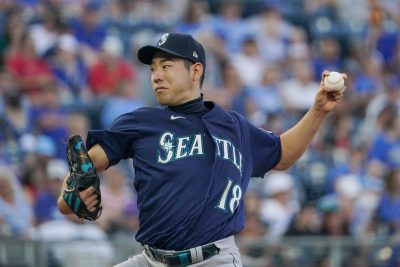
Yusei Kikuchi
Kikuchi, who actually was a 2021 All-Star, is an interesting study. He pitched to career-bests in ERA, WAR, H/9, and SO/9 this past season. However, his advanced numbers painted a startling picture. Kikuchi ranked below the 22nd percentile in the following categories: Avg. Exit Velocity, Max. Exit Velocity, Hard Hit %, xwOBA, xERA, xBA, xSLG.
Based off this, it appears he was a large beneficiary of good luck and strong fielding behind him. Interestingly enough, during the 2020 campaign he pitched to an excellent xERA of 3.02 but had an actual ERA of 5.17. This is the complete opposite of what happened this past season.
To be successful Kikuchi must figure out his hard contact issue (league’s first percentile in Avg. Exit Velocity and third percentile in Hard Hit %). As the poor percentiles suggest, when contact was made off Japanese left-handed pitcher, the ball was smoked.
Toning these hard contact rates back is something he was able to do last year which led to an impressive xERA of 3.02, so it is certainly possible. If he is able to do so, there is no reason he cannot serve as a strong fifth starter, helping the Mets improve their overall starting pitching depth.

Kwang Hyun Kim
Kim may be the most underrated pitcher on the market. He turned in a very successful season last year, pitching to a 3.23 ERA as a starter before being moved to the bullpen after a start in September where he gave up four earned runs. After that blemish, he was moved to the bullpen where he only allowed two runs across 7.1 innings pitched to end the season.
Overall, he had a 3.46 ERA, 4.34 FIP, and xERA of 3.80. He excelled at limiting soft contact which resulted in each his xBAA, xSLG, and xwOBA ranking above the league’s 65th percentile.
Although a lot went well, he did have some blemishes. Kim does not strike out a lot of batters out, nor did he induce swing and misses or chases. So, Kim must have a good defense behind him to excel. This is something he certainly had in St. Louis. Also, he did take a collective step back last year when comparing his number with the 2020 season. In 2020, he pitched to an ERA of 1.61 and xERA of 3.14.
Regardless, Kim was still strong last year and is a pitcher than can easily fulfill a number five rotation role or serve as a piece in the bullpen if so needed.
The Contracts
Kikuchi will most likely be the more expensive of the two, as MLB Trade Rumors is projecting a two-year deal totaling $20,000,000. Kim, on the other hand, is only being projected a two-year deal totaling $14,000,000.
For Kikuchi, that may be a bit too much to pay, given his dire hard contact issues last year. However, a deal like that for Kim would bring terrific value. Worth noting for each, it is still possible they decide to go back home and play overseas, given the uncertainty with the MLB season.

Other Possible Additions
The above are only six of the plethora of starters on the market. Other possible additions that would help bolster the Mets’ rotation in a good way are Tyler Anderson and/or Danny Duffy.
The left-handed Anderson had a nice start with Pittsburgh before being traded to Seattle. However, with Seattle he did have an ERA of 4.81. Duffy, was another pitcher hampered by injury last year. However, across his 12 starts he pitched to a solid FIP of 3.40.
There are also options on the market the Mets may want to stay away from. Martín Pérez threw 114 innings for Boston but pitched to an xERA of 5.35. Veterans Johnny Cueto and Michael Pineda each struggled mightily.
Same goes for the likes of Garrett Richards, Brett Anderson, and Zach Davies. Just to name a few. There are certainly options out there for New York, but they must be careful which they pursue.
Please note, all stat cast data is directly from Baseball Savant.
- DRAFTKINGS SPORTSBOOK
BET $5 & GET $150 IN BONUS BETS INSTANTLY!
- FANDUEL SPORTSBOOK
BET $5, GET $150 BONUS!
- CAESARS SPORTSBOOK
$1,000 BET ON CAESARS!
- BETMGM SPORTSBOOK
BET $5, GET $158 BONUS!
- BET365
GET $150 BONUS OR $2,000 FIRST-BET SAFETY NET!



